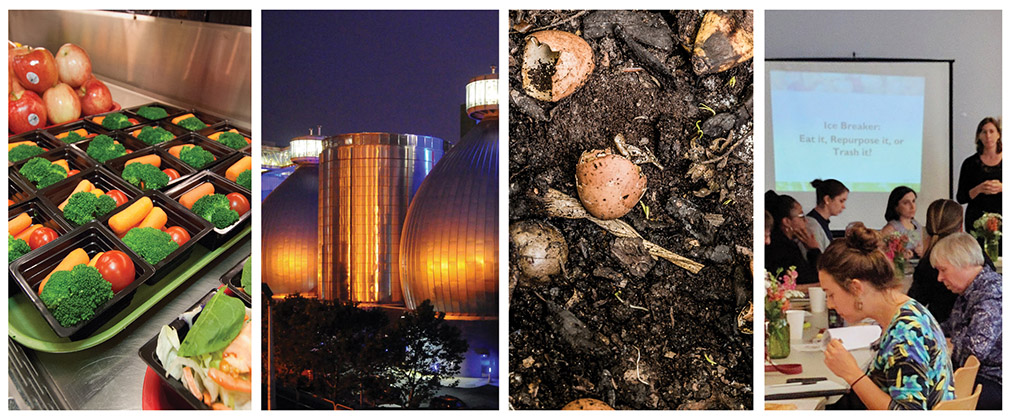Governmental Plans to Address Waste of Food
 Tackling the problem of wasted food has the potential to pay off in economic, environmental, and health gains, and the number of governmental plans addressing wasted food has dramatically increased since 2000. (See the CLF report on Government Plans to Reduce Wasted Food.) In 2016, the US announced plans to seek a 50 percent reduction in waste of food by 2030. To investigate how US cities, counties, and states are taking action and how they can improve their strategies along the EPA Food Recovery Hierarchy, the Center reviewed 93 governmental plans (70 US-based / 23 international) and interviewed 17 people involved in their development and implementation. Using a specified search strategy and criteria, we sought to collect as many governmental plans as possible from within the US, and to provide a representation of plans from other countries. Our report shares key trends and words of wisdom from this analysis to guide future government and cross-sectoral efforts to address the waste of food.
Tackling the problem of wasted food has the potential to pay off in economic, environmental, and health gains, and the number of governmental plans addressing wasted food has dramatically increased since 2000. (See the CLF report on Government Plans to Reduce Wasted Food.) In 2016, the US announced plans to seek a 50 percent reduction in waste of food by 2030. To investigate how US cities, counties, and states are taking action and how they can improve their strategies along the EPA Food Recovery Hierarchy, the Center reviewed 93 governmental plans (70 US-based / 23 international) and interviewed 17 people involved in their development and implementation. Using a specified search strategy and criteria, we sought to collect as many governmental plans as possible from within the US, and to provide a representation of plans from other countries. Our report shares key trends and words of wisdom from this analysis to guide future government and cross-sectoral efforts to address the waste of food.
This research was supported with a gift from the Pisces Foundation.
CLF resources
- Government Plans to Reduce Wasted Food: Executive summary | Full report | Map*
- Blogposts related to wasted food
- News release
- Coming soon: related manuscript
Complementary resources
- Complementing our research on plans, ReFED has compiled a list of policies related to wasted food.
- Coming soon: Pisces Foundation blogpost
Contact us
Know of another plan that should be added to our map? Please let us know! Contact clf@jhu.edu.
*This map includes governmental plans with actionable strategies for wasted food prevention, recovery, and recycling. We aimed to be comprehensive in listing US state and municipal-level plans and to include a sampling of international plans. Searches were conducted in summer, 2016.